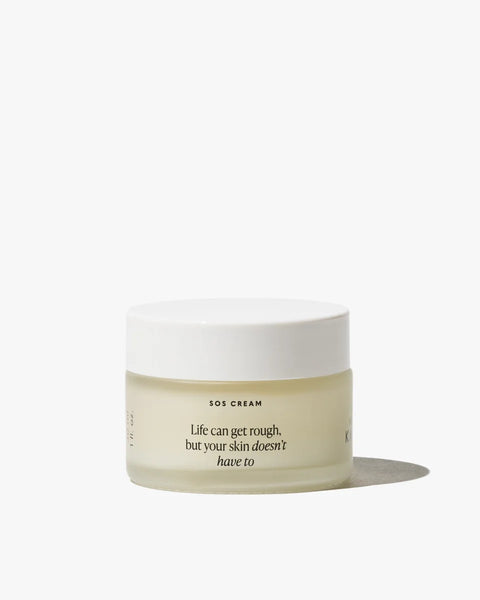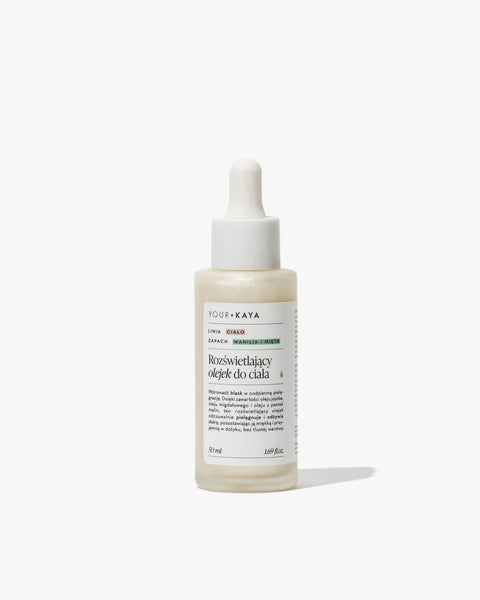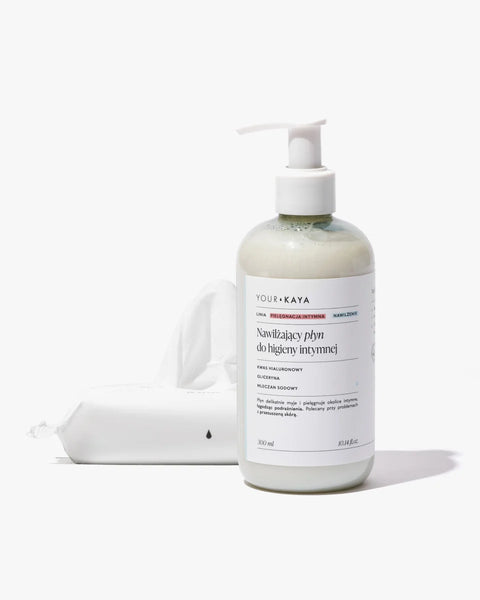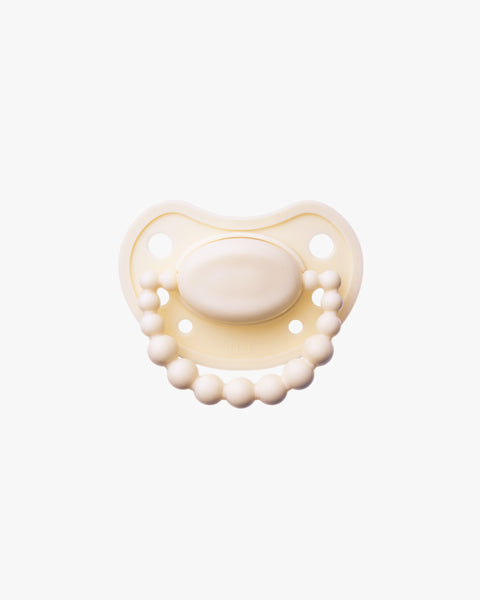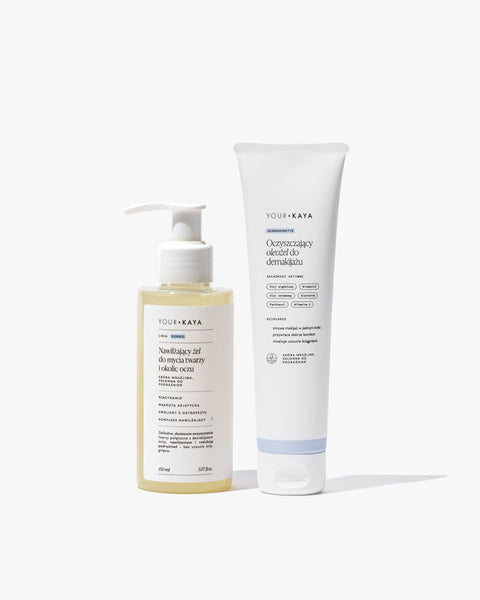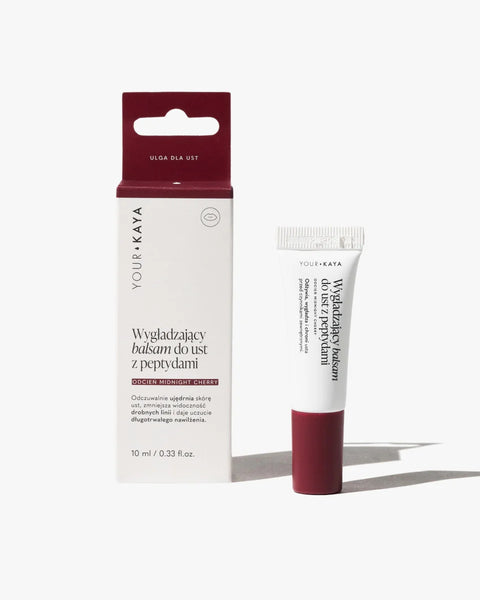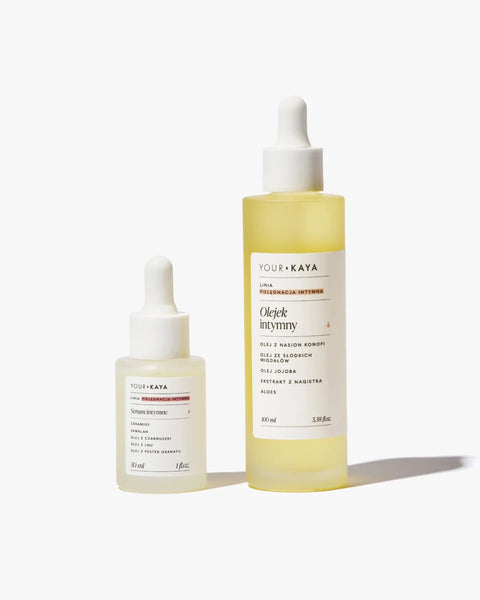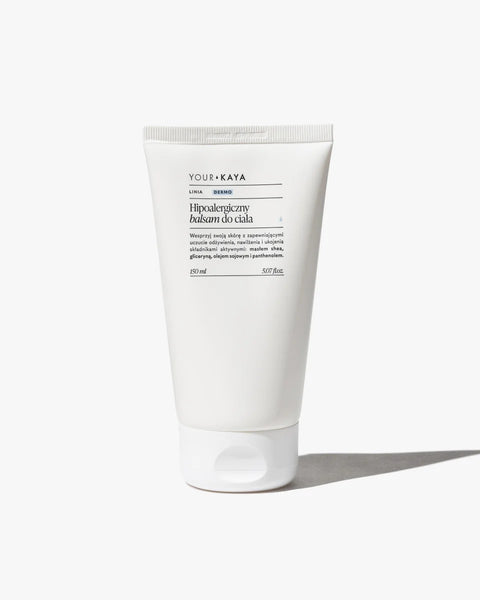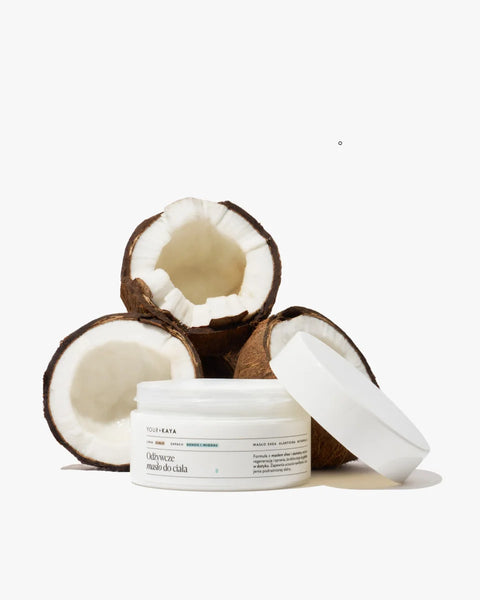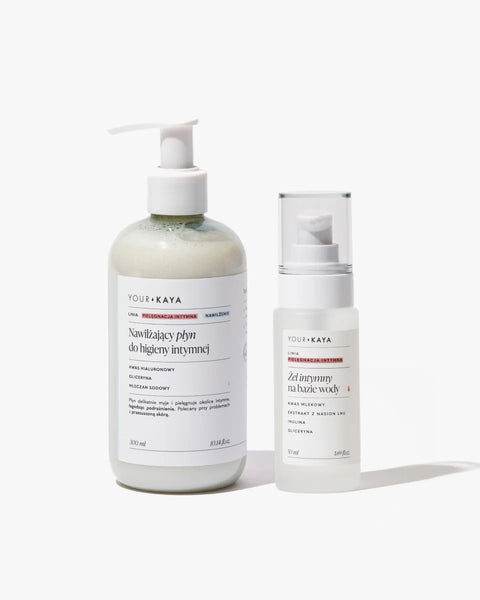What does it mean that a cosmetic “clogs pores”?
If a product “clogs” your skin, it means that you may notice increased blackhead formation after applying it .
How does a blackhead form?
Blackheads are formed when the sebaceous glands produce excess sebum and the openings of the hair follicles are blocked.
However, the problem does not always lie solely with the cosmetic! Other possible causes include:
- Excessive production of testosterone or other hormones (for example DHEAS, or adrenal hormone, or GH, or growth hormone) in the body (which causes excess sebum),
- bad diet – high in sugar, saturated fats, based on processed products,
- incorrect care habits – for example, incorrect use of peeling (too frequent or too aggressive removal of dead skin).
Click here to read our article on basic skin care – see what you can't miss!
Using more professional nomenclature, the tendency of a product (or a given substance) to "clog" is called comedogenicity .
Comedogenicity – what is it?
The term " comedogenicity" refers to the properties of various cosmetic ingredients that promote abnormal differentiation of the epidermis , resulting in the formation of microcomedones.
The development of acne can be influenced by, among other things, comedogenic substances contained in cosmetics and their potential to cause inflammation of hair follicles . That is why it is so important to choose facial care products consciously. If you have extremely sensitive skin , you may consider performing a so-called allergy test .
The allergy test involves applying a small amount of the product to a previously cleansed area of skin (on the forearm or just behind the ear, extending to the jawline). The skin must remain dry for 24 hours. After that time, the product should be washed off and the reaction monitored for the next 48 or 72 hours.
Remember: there is no single, scientifically established method for assessing hypersensitivity to overall cosmetic formulas .
What ingredients are comedogenic?
Substances that are considered to be “clogging” include, among others:
- lanolin and its chemical derivatives,
- vegetable oils ,
- mineral oils ,
- Vaseline ,
- red cosmetic dyes C and D – those added, for example, to blush; note that cosmetic acne very often appears on the cheekbones, i.e. where the blush is applied!
The presence of comedogenic ingredients does not determine the nature of the final product formula.
This means that even if a cosmetic contains substances considered comedogenic, it does not have to lead to a breakout of blackheads on your face!
- During comedogenicity tests, the concentrations of the tested substances are much higher than in the final cosmetic formula.
- Ingredients that carry active substances contained in the product and transport them into the skin (e.g. liposomes) may reduce or increase the acne-causing potential of a given cosmetic.
- Interactions between product ingredients may affect the comedogenicity of each of them.
The most important thing is to examine the overall formula of the cosmetic – analysis of individual ingredients may give a false picture of its properties.
Remember: any skin problems should always be discussed with a dermatologist!
Created at: 28/11/2022
Updated at: 30/03/2023



























